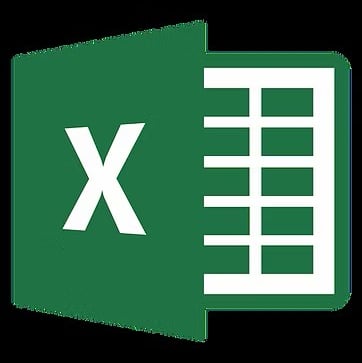Spreadsheets


Spreadsheets have long been regarded as the 'poor relation' of the programming world, even though they make up a significant proportion of all software development projects worldwide. Their most obvious application is in the finance industry, but they also play a crucial role in many other sectors, including safety-critical areas such as defence and healthcare.
The last 30 years has been littered with spreadsheet "horror stories" that have cost hundreds of £millions in litigation, lost revenue and/or reputational damage. From the software safety point of view, the problem with spreadsheets is that simple ones can be put together by people with only a rudimentary understanding of how mathematical formulae work, so there is a perception that 'anyone' can build them. However, things are changing and professional organisations have had some success in raising the profile of spreadsheet software development, based mainly on highlighting examples of best practice. However, we are now entering the era of AI-enabled spreadsheet development (e.g. Microsoft's Copilot in Excel) so the new risks will require revised risk mitigation methods.
Historically, simple medical spreadsheets were developed as replacements for (error prone) hand-held calculators (e.g. calculation of drug doses by nurses and junior doctors). More recently, complex spreadsheets (typically involving the modelling of a physiological system) have been built to provide diagnostic information. The latter usually involves the use of a built-in programming language (e.g. VBA in Microsoft Excel) but highly complex spreadsheet can be built using the supplied formulae and functions alone.
Any spreadsheet developed for a medical diagnostic or therapeutic purpose would qualify as a medical device under both EU and US regulations, so it needs to be developed to the same software engineering standards as would be employed when producing medical software using a more traditional programming language, such as C++, Python or MATLAB.
The use of a commercial spreadsheet as a medical device raises the issue of software of unknown provenance (SOUP) but this should not necessarily deter developers. Excel has many useful features and can be used either as self-contained program or as a 'front end' (user interface) for a more robust / resilient back-end application/database.
In summary, spreadsheets provide a relatively simple, low-cost method of building standalone medical applications involving complex calculations and/or mathematical models. Prototyping is easy because 'everyone' (i.e. potential users) is familiar with spreadsheets and especially how data input normally works. Basic principles of software engineering must be applied to ensure a reliable product, and implementation of some specific 'design rules' is essential. Some examples of Excel spreadsheets used as medical devices will be added here in due course.
This page was last updated: 25 Sept 2025


